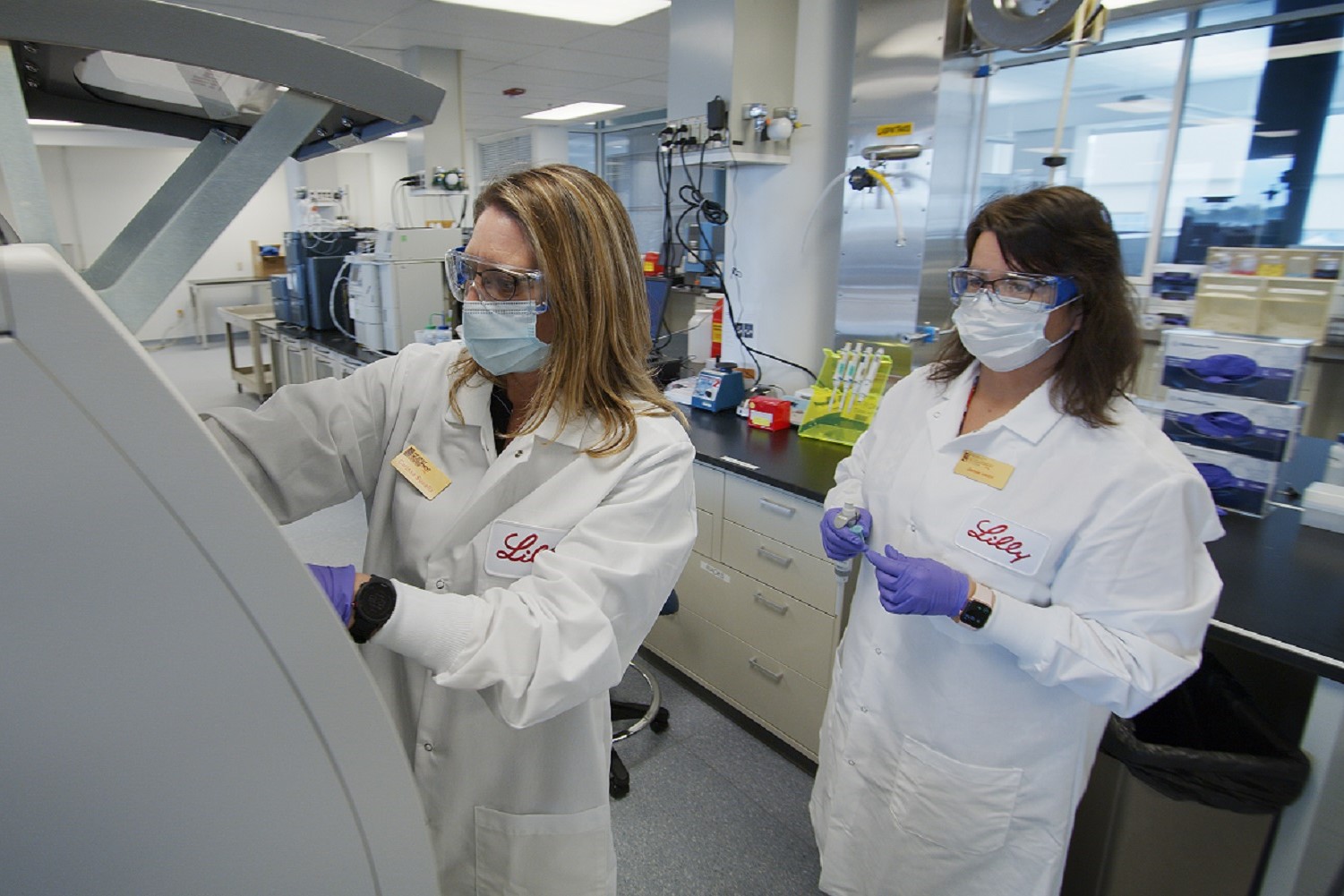Suzanne Mintz has been working to make life easier for caregivers for more than 20 years. In 1991, she and Cindy Fowler founded the Caregiver Action Network.
Mintz and Fowler were both caregivers: Suzanne for her husband who has multiple sclerosis and Cindy for her mother with Parkinson’s. They launched the organization to family caregivers ranging from the parents of children with special needs, to the families and friends of wounded soldiers to adult children caring for parents with Alzheimer’s disease. Mintz was the organization’s president and CEO for 19 years.
She recently wrote a column on Health Affairs, “The Double Helix: When The System Fails The Intertwined Needs Of Caregiver And Patient. She tells the story of how a fall turned her into a “poster child for my cause.”

With the Rise of AI, What IP Disputes in Healthcare Are Likely to Emerge?
Munck Wilson Mandala Partner Greg Howison shared his perspective on some of the legal ramifications around AI, IP, connected devices and the data they generate, in response to emailed questions.
Mintz’s husband Steven was diagnosed with MS at 31. He is 71 now and has been in a wheelchair for more than 20 years. Mintz helps Steven with showering, dressing, going to the bathroom, transfers, and eating as well as providing some medical care including catheterization, medications, and wound care.
Mintz writes that when she fell, Steven would have tried to help, but he “no longer has the strength and agility needed to lift the phone from its cradle, hold it securely in his hand, and press 9-1-1.”
Unfortunately, Mintz’s doctor recommended rest as the best treatment plan for her injury. Her shoulder would heal faster if she didn’t lift heavy objects or raise her arms.
… her recommendations weren’t practical for me. Taking care of Steven is physically demanding, starting with our morning and evening routines, repositioning him in his chair several times during the day to keep him comfortable, getting him in and out of the shower, on and off the toilet, and so on.
Mintz describes the first morning after her fall:
I gritted my teeth as I washed Steven’s hands and face, trying not to cry out in pain. Even the simple act of putting toothpaste on his brush hurt. Neither one of us said much, but we knew what the other was thinking: “How were we going to manage?”
Neither Medicare nor private insurance cover the type of help we needed, which they consider “custodial” because it isn’t related to a specific medical event, such as a stroke, but rather is a long-term chronic need.
Having a paid helper every day for a month would have cost nearly $5,000. We decided that was more than we could afford.
Neighbors and family members stepped in to help, but Mintz has a practical and policy solution for injured or ill caregivers who don’t have that kind of network:
I wish our insurers, either Medicare or private, had assigned us a case manager and provided a home health aide to care for Steven while I could not. But Steven wasn’t eligible for home care because there was no “medical necessity” according to the criteria used to determine what insurers will pay for and what they won’t. Besides, I was the one who needed an aide — not to care for me, but to take my place.
Family caregivers are a huge source of unpaid care – up to $450 billion provided by 61.6 million people according to AARP’s 2011 report.
Despite this, caregivers are largely invisible to providers and completely invisible to payers. No one questions that caregivers play a big role in helping loved ones and providing care, but there is no formal record of a caregiver’s existence, and the actual services he or she provides. It is time for this to change and for family caregivers to be formally recognized as lay members of their loved one’s care team.
Together, people with chronic conditions and their primary caregivers constitute a double helix, whose needs intertwine and are largely inseparable. We, the family Mintz, need clinicians and payers to view us as a single unit of care. We are a couple, but we are more than that. Steven has a clinical diagnosis of MS. I have what I consider a psychosocial diagnosis. What affects him affects me, and visa versa. Chronic care doesn’t have a beginning, middle, and an end, and it is as much about the quality of someone’s life as it is about diagnosis and treatment.
Mintz has mostly recovered from her injuries since her accident about a year ago.
My foot feels fine, and I’ve not felt a twinge in my shoulder for a few months now. … Steven and I continue on as always, knowing I could hurt myself again or even become seriously ill. We take comfort in the fact that we can afford most of the goods and services necessary for his care and live in a community that is willing to come to our aid when we need it. Unfortunately, not all families in these situations are as fortunate as mine.














